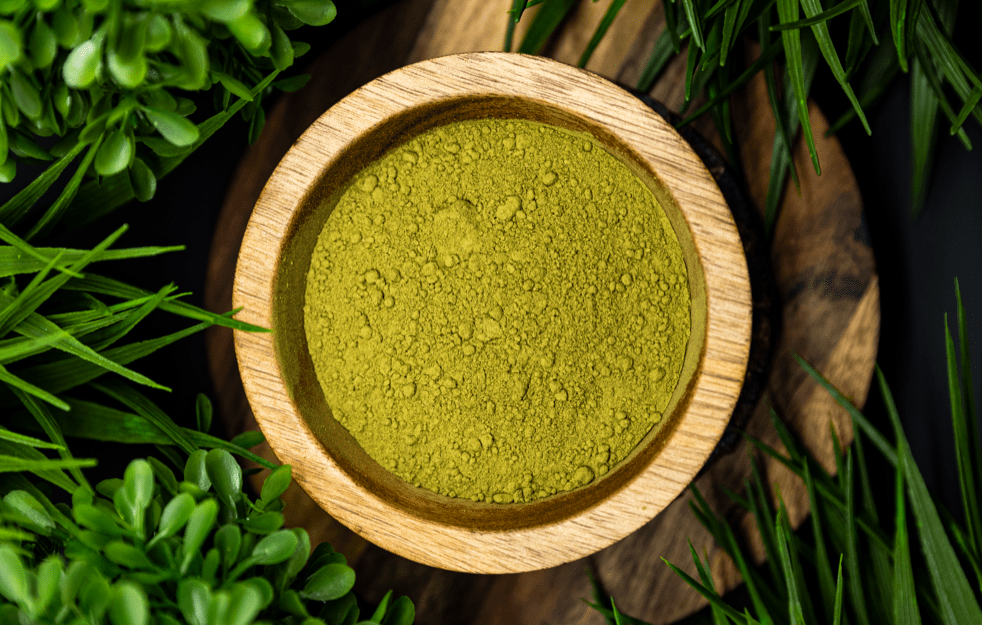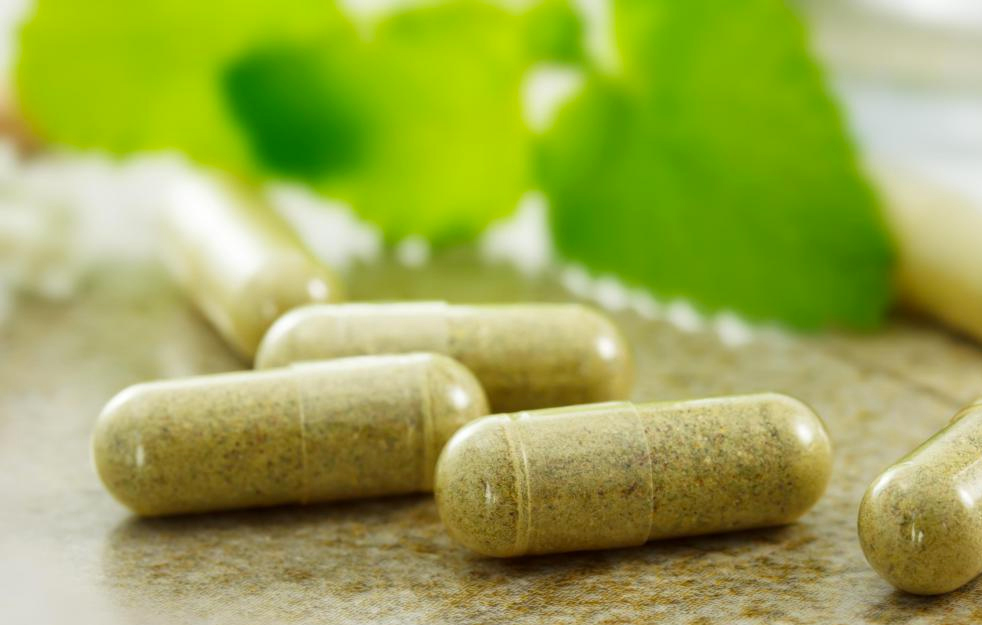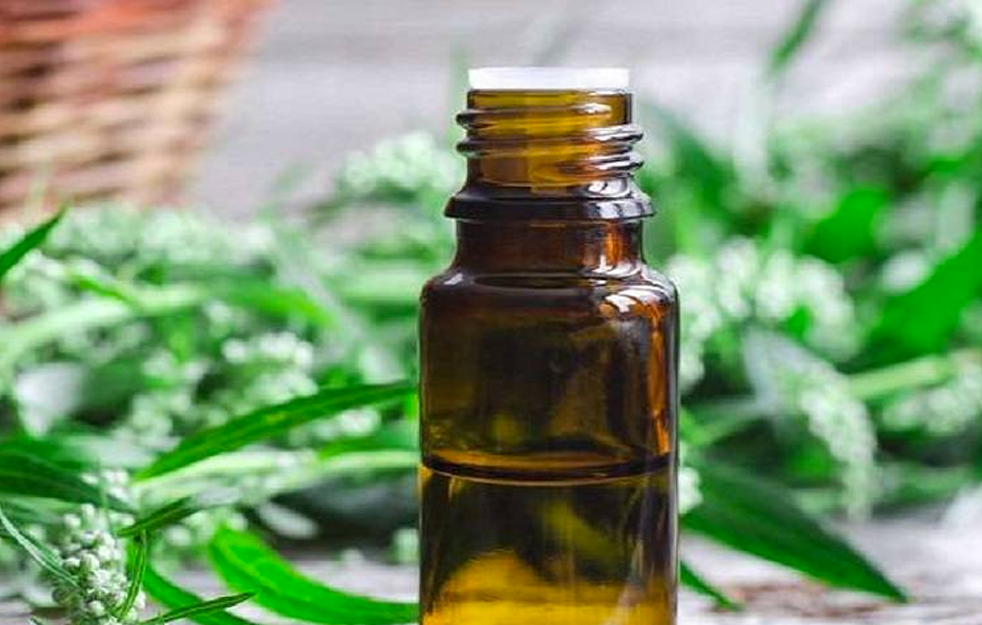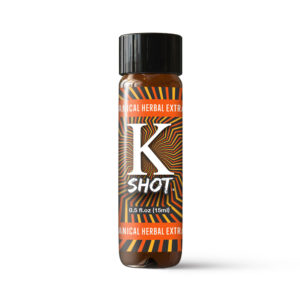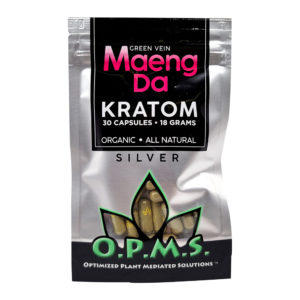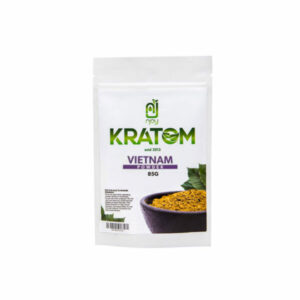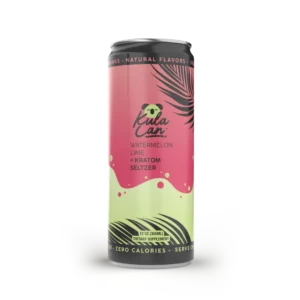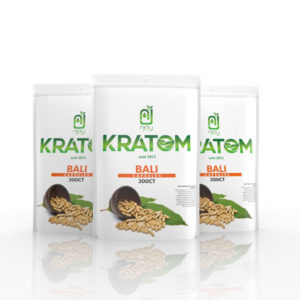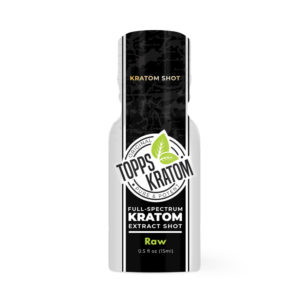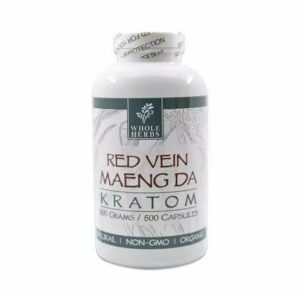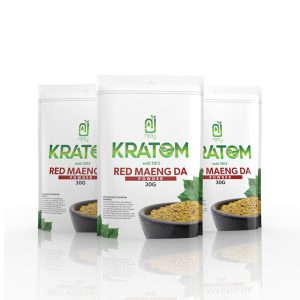Shop Popular Kratom Products at Discount Prices
We carry premium Kratom brands ! Many items in-Stock and ready to ship same day.
SHOP NOW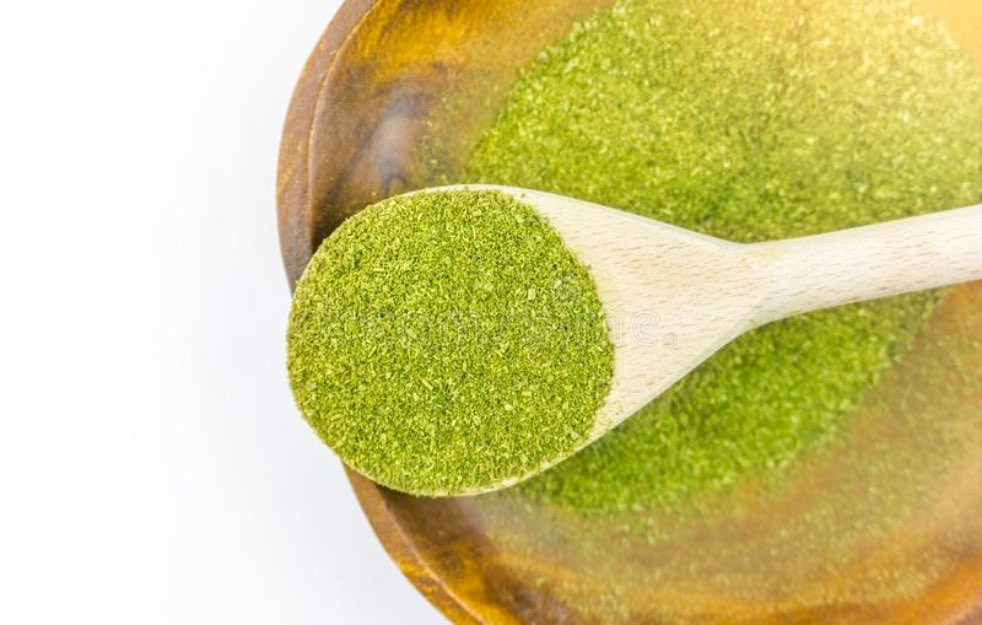
CREDIT CARDS ACCEPTED
U.S.A. BASED WAREHOUSE
FREE SHIPPING ON ORDERS OVER $99
LIVE CUSTOMER SUPPORT
Shop by Category
Whether you’re purchasing kratom for the first time or just looking for a new favorite, we know that getting all the facts can be nearly impossible. The market is saturated with hundreds of brands and strains that make incredible claims about purity, MIT/7-OH ratios and origins that would take a spy satellite to locate.
Pop Kratom was created to take out the guesswork, clean up the selections, demystify the… mysteries (can you think of a better word?) and bring you the best information available about the phenomenon that is kratom.
New research is popping up all the time about the incredible pharmacological properties that make kratom unique. As excited as we are to share what we know, we want to hear from you. Your feedback is critical; we need it to continue providing the best products at the best price in one convenient marketplace. Remember to create an account to earn rewards, keep up with new products and unlock exclusive offers at Pop Kratom!
-
Why kratom?
Here’s the deal; kratom is fascinating because of what it represents. To botanists, it’s a relative of coffee and coca plants that offers insight into the evolution of tropical evergreens. To pharmacologists, it’s a cornucopia of alkaloids that somehow all work together to have a pleasing effect on humans. To pain management specialists, it offers a glimpse into the Holy Grail- a tantalizing alternative to addictive synthetic opioids. To ethnobiologists and anthropologists, it’s both a traditional part of Southeastern Chinese culture and a perceived cure-all for hardworking farmers going back generations.
To everyone else? That varies from person to person, but each experience is as unique as you are. There are so many alkaloids in M. speciosa and so little research involving human testing that each person’s experience is truly individual. Some claim kratom has an energizing effect, others a relaxing one, and still others have found relief from conditions that have no other effective solution.
All we can do is provide you the best information out there alongside the most popular brands backed by the most up to date scientific studies. To learn more about kratom and how to sort through all the misinformation and confusion, read on below. Check back often for new products and new information OR create an account to earn rewards with every purchase and unlock exclusive email offers!
-
So what is kratom?
Kratom is just powdered leaves, right? Well, kind of. A tree formally known as Mitrogyna speciosa is commonly known as kratom, because it’s weird to call things by their scientific names all the time. The leaves of the kratom tree are used fresh or dried and can be used whole or ground into a powder which is also called kratom. Then, the powder can be mixed into liquids or gummies or put into capsules. Those liquids (teas or extracts), gummies or capsules are also called kratom. See? We told you it can be confusing.
Kratom trees are interesting to all those folks we mentioned above because their leaves contain an extremely unique combination of naturally occurring alkaloids. Alkaloids themselves aren’t at all unusual; both Coffea and Cinchona trees contain alkaloids commonly known as caffeine and quinine (an anti-malarial also used to make tonic water). Incidentally, both of these examples are in the same genetic family as kratom- as are many other species of importance to medicine.
In case you’re interested, there are two primary alkaloids that you should know about when it comes to kratom. They’re known as mitragynine and 7-hydroxymitragynine. For simplicity, some prefer to shorten mitragynine to “mit” and 7-hydroxymitragynine to “7-OH”. To save the author’s wrists, we use the full name of the former and the shortened version the latter.
In a nutshell, 7-OH is produced by metabolizing mitragynine. The reason these two are so interesting together is that they both affect the same receptors in the human brain that are activated by opioids like codeine, morphine and heroin. HOWEVER, and this is the important bit, they appear to work in tandem to both activate and block the receptors. This is the basis for claims that kratom can reduce or eliminate opioid withdrawal symptoms. For even more detail on how this works, check out this article from the journal of the American Chemical Society, hosted courtesy of the National Institutes of Health.
-
Where can I find kratom?
Without getting all metaphysical about how the internet isn’t a place or pedantic about “What do you mean by kratom?”, M. speciosa trees are native to Southeast Asia (and a little bit of Oceania, because plants have no respect for lines drawn on a map). Again, this can be a little overwhelming, so we have this handy little map if your recall of Southeast Asian geography isn’t quite what it used to be.
With India on the left, China on top and Australia on the bottom, M. speciosa grows in a sort of crescent from top left to bottom right around a chain of peninsulas, islands and archipelagos. The islands are what make things complicated, so let’s just start with the countries. From top left to bottom right, we’ve got Myanmar, Thailand, Malaysia, Indonesia, and Papua New Guinea. So far, so good.
Smack in the middle is the island of Borneo, where a great deal of kratom is harvested. Borneo isn’t a country through; the middle and south parts of Borneo are governed by Indonesia, the north by (mostly) Malaysia, and a very small part of which is governed by Brunei. To make matters worse, the island of New Guinea is governed by Indonesia in the west and independently by Papua New Guinea in the east. Phew.
-
So what?
Why bother going through all that information? Well, it turns out that all of those different jurisdictions have some SERIOUSLY different rules and ideas about kratom. The region as a whole is rich in this resource and poor in many other ways. Commercial planting, harvesting and even possession of M. speciosa are illegal in Myanmar, Thailand and Malaysia- that’s a full 60% of kratom’s natural range!
It turns out that most of the kratom that’s imported in the United States is from Borneo. More specifically, it’s from the North Kalimantan region of Indonesia on the island of Borneo. This area allegedly contains the highest density of naturally occurring M. speciosa in the world. Why it matters; strain names like “Bali”, “Malay” or “Thai” are just product names, and often have little or nothing to do with the place origin of a particular batch of kratom.
We know this is a lot of information, but we want you to know as much as possible about what you’re buying. We also know that some of the confusion isn’t just about the names, but about colors and strains and potency, so we’ll tackle that next.
-
What’s in a name? Decoding “Maeng Da”
If you’ve read some of what we’ve posted here, you’re probably familiar with the general geography of the region where M. speciosa grows. It’s important to understand that the national borders aren’t hard stops. Southeast Asia is a melting pot of ancient cultures, traditions, languages and dialects.
Indo, Javanese, Malay and Thai are all separate languages, but they’ve existed very closely together for a very long time. As such, they all borrow heavily from each other and even share slang words with slight variations. Depending on who you ask, “Maenga Da” is variously assigned to refer to:
- A variant of speciosa with “horned” leaves that are more potent
- Old growth kratom trees alleged to be higher in mitragynine (aka, more potent)
- An Indo slang term for “pimp”, also translated as “pimp-grade” (aka, more potent)
- A mixture of different strains carefully selected for potency (aka, more potent)
- A Malay word that means “only from”, indicating select kratom (aka, more potent)
- Cultivated strains that are selected and grafted for potency (aka, more potent)
- The edible giant water bug, Lethocerus indicus (check it out!) (potency unknown)
Unfortunately, none of us here are experts in any of these languages and there are different spellings, alphabets and search results for Maeng Da. Part of the problem is that there’s too much information from sites that are just trying to sell product. Even if there is a reliable source for this term on the web, it’s likely on the zillionth Google results page. We never stop doing our homework, so hopefully one day we can bring a different answer from a verified source. Check back often to see what’s new or register to stay up to date with Pop Kratom!
-
What’s in a vein? Kratom colors explained
Now that we’ve covered what Maeng Da isn’t, let’s take a stab at figuring out what it is. While we can’t definitively rule out any of the explanations above, it’s almost universally agreed that Maeng Da has higher levels of mitragynine (the active alkaloid in kratom) than other products when purchased from reputable vendors.
While it takes lab facilities to sample the potency of a single leaf or batch of kratom, we know that the properties of individual kratom trees have some bearing on the final product. You may have come across these common strains (in addition to Maeng Da):
- Red Vein
- Green Vein
- White Vein
- Yellow Vein
Let’s clear something up first; think about fall in New England. The leaves turn color because their trees are preparing for a seasonal kind of hibernation. The chemicals that create the yellows or oranges or reds are called anthocyanins, but the exact way that a tree turns color or which color in particular will be dominant is completely unpredictable. Science does not yet have an answer for these phenomena.
In the same way, individual kratom trees can have red and green vein leaves or a combination of both. Here’s where the science begins to falter; kratom trees can also have white vein leaves, but it’s unclear whether the white veins are simply young green veins or not. What is generally agreed is that white vein kratom is more potent than either red or green vein products, and that the vein color represents variations in the type and relative amounts of M. speciosa alkaloids.
What is more certain is that yellow vein leaves do not occur naturally. It’s possible through grafting that a yellow vein leaf is out there, but we have yet to see proof. Instead, yellow “vein” kratom is generally a blend of two or more naturally occurring colors. As a result, yellow kratom can be have less predictable effects. Final thought- chemical composition is responsible for creating different color leaves; it’s a natural conclusion then that different color strains will vary in their apparent effects.
-
Your Mileage May Vary
Above, we covered how individual kratom trees can have single or multiple color leaf veins and how those colors represent different chemical makeups. Vein colors aren’t the only factor to consider with kratom; external environmental factors play a large role in determining how much and what kind of alkaloids wind up in the leaves at any given time.
Though M. speciosa is an evergreen, the trees themselves undergo cyclical changes based on seasonal climate changes. It’s worth noting that their natural habitat is tropical, and their particular growth region has high humidity and relatively high rainfall all year long. However, the wettest months are between December and February, with milder months between March and October. These outside factors, in addition to processing methods after harvesting, create natural variations in the chemical makeup of kratom.
Some studies have found that harvests in November contain higher levels of mitragynine relative to other months. Additionally, differences in drying times and conditions (like UV exposure) result in different balances of the primary alkaloids from a given tree. This means that two batches of kratom, harvested from the same tree at the same time of year can yield two products with very different properties. Further, two batches harvested from the same tree at different times of year and processed identically could vary just as much.

